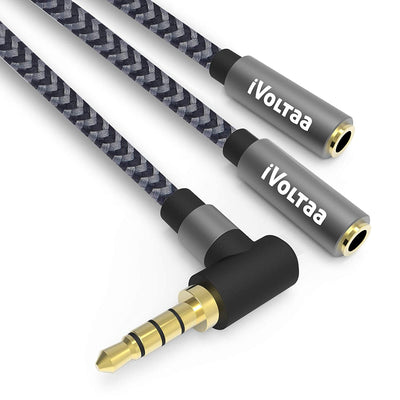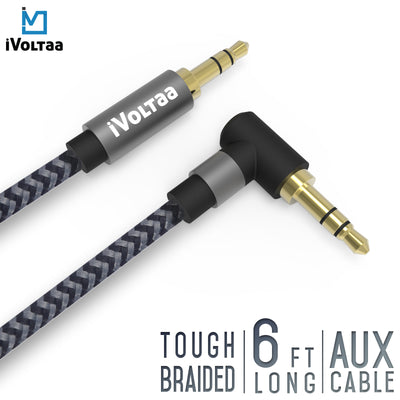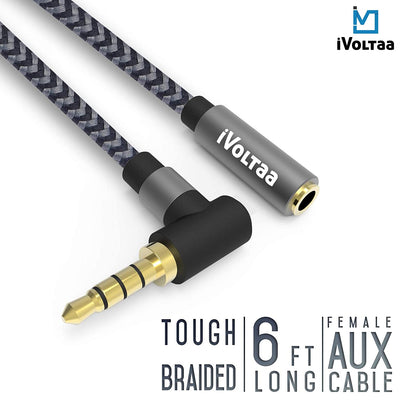Ethernet Cable: Everything You Need to Know
Ethernet cables are the backbone of any wired network. They transmit data between devices such as computers, printers, and routers. Ethernet cables come in different shapes, sizes, and types, but they all have one thing in common: they make it possible for devices to communicate with each other over a wired network. In this article, we'll cover everything you need to know about Ethernet cables.
Table of Contents
- What is an Ethernet Cable?
- Types of Ethernet Cables
- Cat5
- Cat5e
- Cat6
- Cat6a
- Cat7
- Ethernet Cable Connectors
- RJ45
- RJ11
- Choosing the Right Ethernet Cable
- Cable Length
- Cable Quality
- Cable Speed
- Installing Ethernet Cables
- Tools You'll Need
- Step-by-Step Guide
- Troubleshooting Ethernet Cables
- Common Problems
- Solutions
- Ethernet Cable FAQs
- Conclusion
What is an Ethernet Cable?
An Ethernet cable is a type of network cable that connects devices together in a wired network. Ethernet cables transmit data using electrical signals that travel through the copper wires inside the cable. Ethernet cables are used to connect devices such as computers, printers, and routers to each other and to the Internet.
Types of Ethernet Cables
There are several types of Ethernet cables, each with its own specifications and capabilities. The most common types are Cat5, Cat5e, Cat6, Cat6a, and Cat7.
Cat5
Cat5 Ethernet cables were the first widely used Ethernet cables. They can transmit data up to 100Mbps and have a maximum length of 100 meters.
Cat5e
Cat5e Ethernet cables are an improvement over Cat5 cables. They can transmit data up to 1000Mbps and have a maximum length of 100 meters.
Cat6
Cat6 Ethernet cables are an improvement over Cat5e cables. They can transmit data up to 10Gbps and have a maximum length of 55 meters.
Cat6a
Cat6a Ethernet cables are an improvement over Cat6 cables. They can transmit data up to 10Gbps and have a maximum length of 100 meters.
Cat7
Cat7 Ethernet cables are the latest and fastest Ethernet cables. They can transmit data up to 40Gbps and have a maximum length of 100 meters.
Ethernet Cable Connectors
Ethernet cables come with different types of connectors, the most common of which are RJ45 and RJ11.
RJ45
RJ45 is the most common Ethernet cable connector. It has eight pins and is used for Ethernet networking.
RJ11
RJ11 is a four-pin connector used for telephone networking. It looks similar to an RJ45 connector but is smaller.
Choosing the Right Ethernet Cable
When choosing an Ethernet cable, there are several factors to consider.
Cable Length
Make sure the cable is long enough to reach the devices you want to connect. The maximum length of an Ethernet cable is 100 meters.
Cable Quality
Choose a cable with high-quality copper wires to ensure reliable data transmission.
Cable Speed
Choose a cable that can support the speed of your network. For example, if you have a Gigabit network, choose a Cat5e or Cat6 cable.
Installing Ethernet Cables
Installing Ethernet cables is a straightforward process. Here's what you'll need:
- Ethernet cable
- Crimping tool
- RJ45 connectors
Here's a step-by-step guide:
- Measure the length of cable you need and cut it to size.
- Use the crimping



